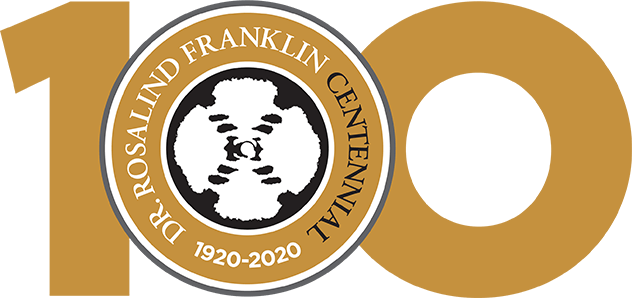Competition and Controversy
In April 1953, Rosalind published her findings in the scientific journal Nature. In another piece appearing in that same issue, Cambridge scientists James Watson and Francis Crick announced their double helix model of DNA. Rosalind’s data corroborated this new model, but it’s not clear if she knew that her unpublished research had helped inspire and construct it. At the beginning of that year, Gosling had showed Photo 51 to Wilkins, who in turn showed it to Watson.
Because he and his research partner were already immersed in DNA research, Watson immediately understood the stunning implication of the photo: The helical structure was essential to the replication of DNA.
Rosalind had left King’s College a few months before Nature reported the groundbreaking discovery of the structure of DNA. In search of collaboration and a more supportive research environment, she went to work for the Biomolecular Research Laboratory at Birkbeck College, also in London. There, under the direction of her old mentor J.D. Bernal, she adapted her excellence in X-ray crystallography to the field of virology, making important contributions to the understanding of the structure of the tobacco mosaic virus.
Over time, Watson and Crick — and Wilkins, to some extent — would receive much of the credit for revealing the secrets of DNA. The three were awarded the Nobel Prize in 1962 for “discoveries concerning the molecular structure of nucleic acids.” For her part, Rosalind was magnanimous. According to Gosling, when she was made aware of Watson and Crick’s model, she said, “We all stand on each other’s shoulders.”
